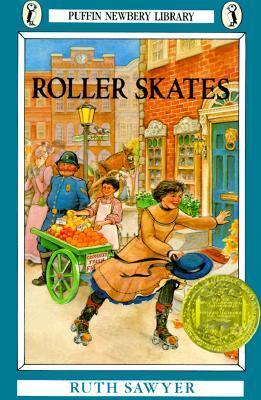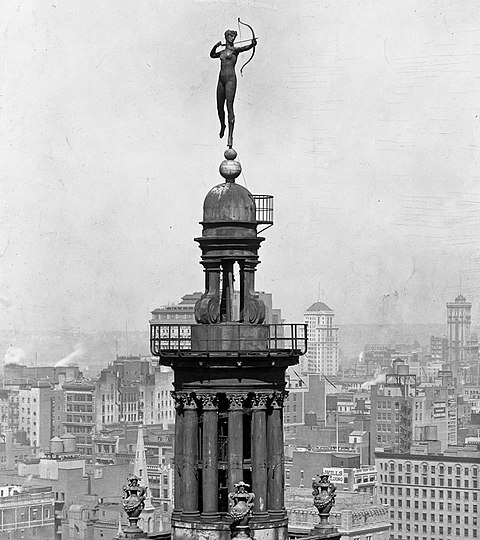What do you think?
Rate this book


186 pages, Paperback
First published January 1, 1936
"Death is something grown up peoply try to keep children from knowing about. I think it's silly. What is hard to understand is how death divides you in two. Something goes and something stays. Perhaps I shall undestand it better when I grow older, but Uncle E. says nobody understands it very well"

"I call that mean. Two against one and stealing, I call that mean! Jumping Jupiter, I wish Patrolman M'Gonegal had this beat! He'd lick 'em good."
Lucinda was using her best street vernacular. Like Nature in Thanatopsis she spoke a various language and used it unfailingly.